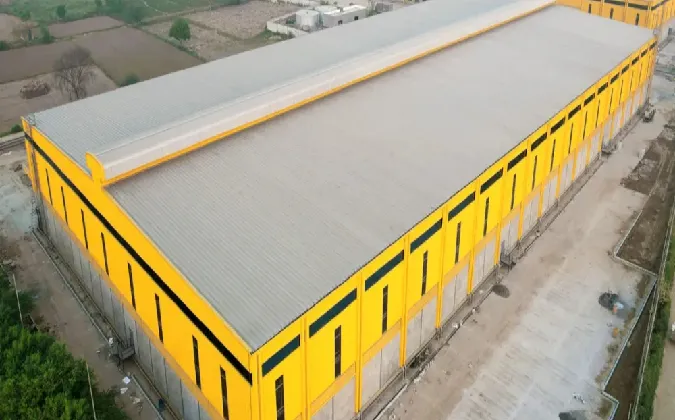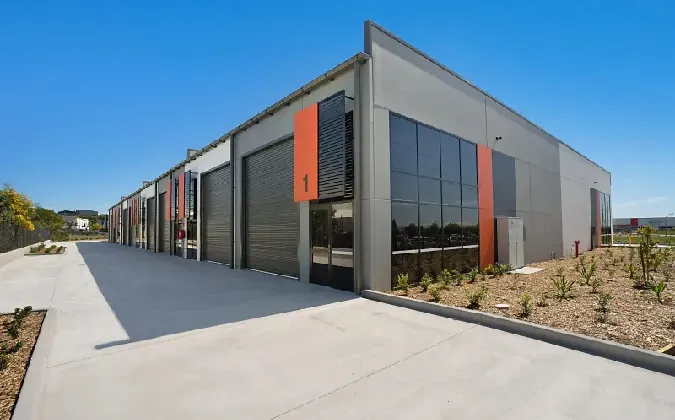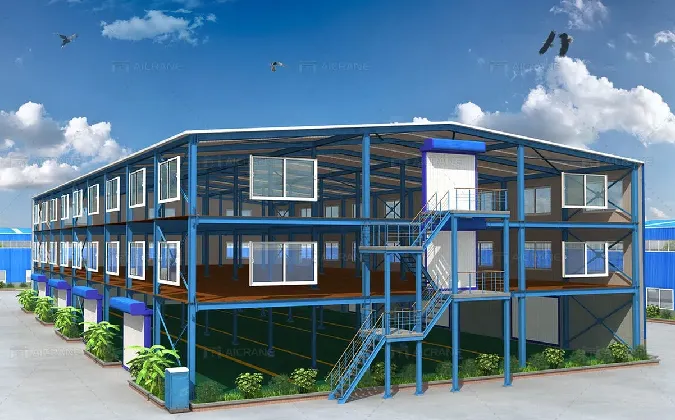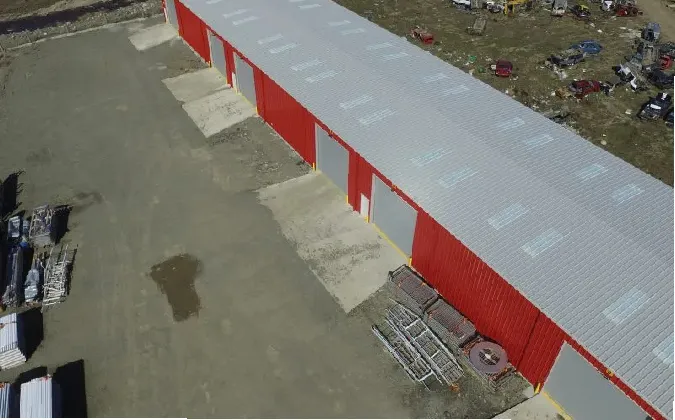- Afrikaans
- Albanian
- Amharic
- Arabic
- Armenian
- Azerbaijani
- Basque
- Belarusian
- Bengali
- Bosnian
- Bulgarian
- Catalan
- Cebuano
- Corsican
- Croatian
- Czech
- Danish
- Dutch
- English
- Esperanto
- Estonian
- Finnish
- French
- Frisian
- Galician
- Georgian
- German
- Greek
- Gujarati
- Haitian Creole
- hausa
- hawaiian
- Hebrew
- Hindi
- Miao
- Hungarian
- Icelandic
- igbo
- Indonesian
- irish
- Italian
- Japanese
- Javanese
- Kannada
- kazakh
- Khmer
- Rwandese
- Korean
- Kurdish
- Kyrgyz
- Lao
- Latin
- Latvian
- Lithuanian
- Luxembourgish
- Macedonian
- Malgashi
- Malay
- Malayalam
- Maltese
- Maori
- Marathi
- Mongolian
- Myanmar
- Nepali
- Norwegian
- Norwegian
- Occitan
- Pashto
- Persian
- Polish
- Portuguese
- Punjabi
- Romanian
- Russian
- Samoan
- Scottish Gaelic
- Serbian
- Sesotho
- Shona
- Sindhi
- Sinhala
- Slovak
- Slovenian
- Somali
- Spanish
- Sundanese
- Swahili
- Swedish
- Tagalog
- Tajik
- Tamil
- Tatar
- Telugu
- Thai
- Turkish
- Turkmen
- Ukrainian
- Urdu
- Uighur
- Uzbek
- Vietnamese
- Welsh
- Bantu
- Yiddish
- Yoruba
- Zulu
Aug . 28, 2024 14:21 Back to list
Industrial buildings are the foundation of modern manufacturing, serving as the backbone for a wide range of production, processing, and assembly activities. These structures are designed to house advanced machinery and equipment, providing a suitable environment for industrial operations. From large-scale factories to smaller, specialized workshops, industrial buildings come in various shapes and sizes to cater to different needs.
Types of Industrial Buildings
Industrial buildings can be classified based on their function, size, and construction materials. Some common types include:
Light Industrial Buildings: These are typically used for activities that do not involve heavy machinery or large-scale production. They often have flexible spaces that can be adapted for multiple uses, such as offices, warehouses, or light manufacturing.
Heavy Industrial Buildings: Designed to accommodate heavy equipment and large-scale production processes, these buildings are often larger and more robustly constructed. They are commonly used in industries like automotive manufacturing, steel production, and chemical processing.
High-Tech Industrial Buildings: These buildings are designed to meet the specific requirements of high-precision manufacturing or research and development activities. They often include specialized environmental controls, such as clean rooms, temperature and humidity control, and air filtration systems.
Warehouses and Distribution Centers: Although not strictly used for manufacturing, these buildings are an integral part of the industrial supply chain. They are designed for efficient storage and distribution of goods, often incorporating advanced logistics systems and automation.
Design and Construction Features of Industrial buildings
Industrial buildings are designed with specific features to meet the functional requirements of different industries. Some key considerations in their design and construction include:
Durability and Strength: Industrial buildings often require strong structural elements to support heavy equipment, large cranes, or heavy loads. Materials like concrete, steel, and reinforced masonry are commonly used.
Flexibility: To adapt to changing production needs, many industrial buildings are designed with open floor plans and column-free spaces. This allows for easy reconfiguration of the layout as required.
Environmental Control: Depending on the type of industrial activity, buildings may need to include specialized systems for ventilation, air conditioning, and air filtration. This is particularly important in industries where air quality can affect product quality or worker safety.
Safety Features: Industrial buildings must adhere to strict safety standards, including provisions for fire protection, explosion-proofing, and emergency egress. This ensures the safety of workers and the integrity of the facility.
Modern Trends in Industrial Building Design
As technology and manufacturing processes continue to evolve, industrial building design is also adapting to new trends:
Sustainability: There is a growing emphasis on designing environmentally friendly industrial buildings. Features like energy-efficient lighting, green roofs, and solar panels are becoming more common.
Modular Construction: Prefabricated and modular construction techniques are increasingly used in industrial buildings due to their speed and cost-effectiveness. These methods allow for rapid assembly and expansion of facilities.
Smart Buildings: Integration of advanced building management systems (BMS) allows for greater control and monitoring of various building functions, including energy use, lighting, and security. This results in improved operational efficiency and reduced maintenance costs.
Lean Manufacturing: The concept of lean manufacturing, which focuses on eliminating waste and improving efficiency, is influencing the design of industrial buildings. Facilities are designed to optimize workflows and minimize material handling, leading to more efficient use of space.
Industrial buildings play a crucial role in supporting the manufacturing and production activities that drive the global economy. Their design and construction must cater to the specific needs of various industries, ensuring durability, flexibility, safety, and efficiency. As technology and manufacturing processes continue to evolve, industrial buildings will need to adapt to new challenges and trends, embracing sustainability, modular construction, and smart building technologies.
-
Steel Frame Factory with Insulated Roof Panels
NewsAug.14,2025
-
Prefab Metal Building with Insulation Package Options
NewsAug.14,2025
-
Industrial Steel Sheds for Temporary Workshop Use
NewsAug.14,2025
-
Metal Workshops Featuring Corrugated Steel Roofs
NewsAug.14,2025
-
Modular Steel Frame Excellence: Our Pursuit of Perfection
NewsAug.14,2025
-
Metal Garage Kits Crafted with Customer Satisfaction at Heart
NewsAug.14,2025
Products categories
Our Latest News
We have a professional design team and an excellent production and construction team.












